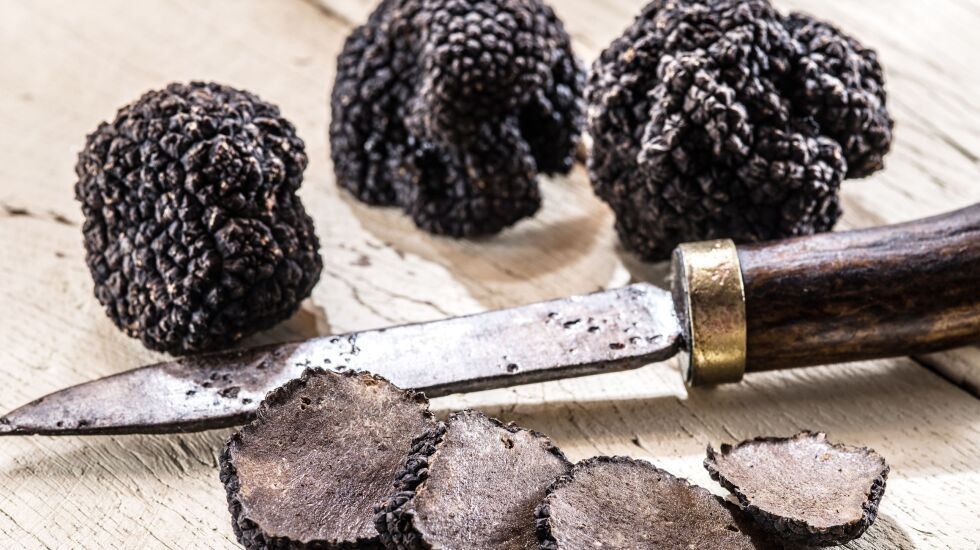
Truffles. No doubt you’ve heard the word.
What are truffles (and we don’t mean those luscious, chocolate candy treats)?
Misshapen and lumpy, these earthy orbs may not be much to look at, but they’re among the most prized delicacies in the culinary world. Intensely flavored and aromatic — a musky, nutty fusion — and very sought after, certain varieties fetch thousands of dollars per pound; not too shabby for a fungus.
Truffles are the fruit of underground mushrooms that form a symbiotic relationship with the roots of certain trees, including oak, birch, and hazel. Their strong smell attracts specially trained dogs and female truffle hogs used to hunt and harvest them.
Nutrient values vary among species and growing region, but edible fungi are known to contain calcium, potassium, and magnesium, and are a good source of digestible protein. Antioxidants have been identified by several studies, indicating their potential as a dietary source of natural antioxidants.
Because they can be quite intense — in flavor and price — a slice, grating, or dusting of raw truffle (cooking diminishes flavor) atop entrees, soups and sauces is all it takes to alight the senses, and create a true culinary experience.
Environmental Nutrition is the award-winning independent newsletter written by nutrition experts dedicated to providing readers up-to-date, accurate information about health and nutrition.







